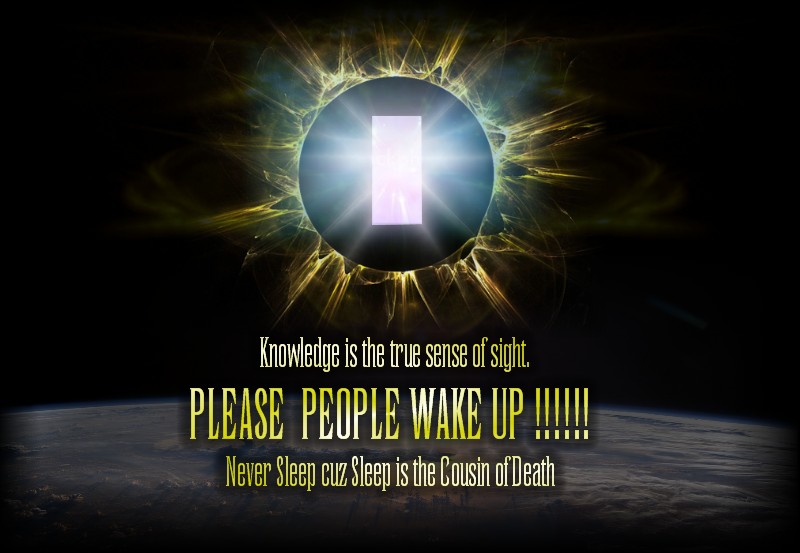
The major 20th century instrument of deculturalization was and remains mis-education. Mis-education is the term coined by historian Carter G. Woodson (1933) to describe the destructive effects on the Black mind by schools that use a pedagogy and curriculum that deliberately omits, distorts or trivializes the role of African people in and their seminal contributions to world history and culture.
The American public school, as we previously noted, is a major mis-educator (brain-washer) of African people, and has been since its inception in the 1890s. But it is only one of three agents of mass mis-education used by the White ruling elite to manipulate and control African Americans over the past century. The other two carry equal weight. They are the popular media (print and electronic) and the traditional, mainstream Christian church that proclaims non-Africans as “God’s chosen people” and a White Jesus as its “personal savior.”
The end goal of mis-education is three-fold: First, to produce African people who identify with and embrace as their own European history, traditions and culture, but who are ambivalent or indifferent toward African history, traditions and culture. Second, to produce Black people who have been what political scientist Jacob Carruthers (1994) calls diseducated, meaning people who have had their intellectual development arrested by the public schools. And, the third and ultimate goal of mis-education is mentacide, a term linked to genocide and diseducation coined in 1984 by Bobby Wright as a label for the European-orchestrated campaign to destroy the African mind as a prelude to destroying African people.
Literally from birth to death, African Americans are awash in a sea of European-designed, mass media disseminated disinformation, misinformation, half-truths and whole lies about the people, history, culture and significance of Africa. This, of course, is no accident. It is part of a finely crafted, century-long campaign to stop African Americans from connecting with their rich ancestral homeland and developing a Pan African worldview. While at the same time, it serves as a cloak under which Europeans can hide from African Americans their plunder of Africa’s mineral and biological wealth. Our White rulers and their Black supporters clearly understand that Black mis-education is the backbone of White domination.
Careful analysis of Black institutions that uphold mis-education and Africans who have been crippled by it reveal a number of highly identifiable features. First, these institutions will favor and their patrons will embrace what psychologist Wade Nobles (1986) calls conceptual incarceration. Conceptual incarceration is the term for Black imprisonment in White belief systems and knowledge bases.
When it comes to defining themselves and the world, mis-educated Blacks restrict their range of thought (and action) by their habit of drawing exclusively from their European background. By limiting themselves to this one, small facet of their vast, tricultural heritage, they confine themselves to a tiny, narrow corner of the world where they sit locked in a mental prison (colony) with only one set of lenses (European) to see the world.
By embracing European perspectives exclusively, Africans cut themselves off from self-knowledge. And when that occurs, deculturalization claims another victim. Fortunately, Black conceptual incarceration in large measure is self-imposed. Africans in America can choose to expand their cultural frames of reference and consciously embrace their African and Native American heritages. And when this happens, their conceptual incarceration ends.
Another feature of Black institutions that mis-educate and mis-educated Blacks is what Mwata X (1996) calls learned indifference, which is a pervasive and self-destructive psychological disorder marked by disinterest in issues, causes and organizations that promote the political and economic liberation of African people. By this measure, most of our established Black churches and prestigious Black schools mis-educate, and nearly all of our multi-millionaire Black athletes and super-star Black entertainers are mis-educated, (right along with nine out of ten Black Americans). As causalities in a war they don’t even know is being waged, the Black elite have been captured with wealth and fame by the forces of deculturalization.
A third feature of Black mis-education is what I call utengano. Utengano is a Swahili word meaning “disunity” and refers to the deeply entrenched, intergenerational predisposition among Africans to accept dysfunctional divisions in the African family and community as normal. Utengano afflicts Black people who expect and tolerate teen pregnancy, absent fathers, inferior schools, run-down buildings, ineffective leaders and dirty, unsafe streets filled with illicit drugs, alcohol and x-rated music as normal and thus acceptable. But if they were truly educated, they would be outraged by these perversions and committed to changing these wretched conditions or die trying.














